6 Wolf Sanctuaries in the US (Where You Can Pet Wolves)

Wolves are known for their striking appearance and powerful presence. With their thick fur, piercing eyes, and formidable howls, wolves have inspired awe and wonder for centuries.
However, wolves have suffered greatly at the hands of humans throughout history. In many parts of the United States, wolves have been hunted to near extinction, and only recently have efforts been made to restore their populations and protect their habitats.
As people continue to learn more about wolves and their important role in the ecosystem, wolf sanctuaries have become popular destinations for those seeking a unique and educational experience. United States, there are a number of these sanctuaries offering the chance to get up close and personal with wolves, including the opportunity to pet them in a safe and educational environment.
Table of Contents
ToggleThe importance of wolf sanctuaries
Wolf sanctuaries play a crucial role in promoting the conservation of wolves and educating the public about these magnificent animals. Many wolves in sanctuaries have been rescued from harmful situations, such as illegal poaching, illegal breeding operations, or being kept as pets.
The World Wildlife Fund estimates that the global wolf population has decreased by 95% in just a few centuries, primarily due to human-related causes such as hunting, habitat destruction, and fragmentation.
Sanctuaries provide these animals with a safe and humane environment where they can live out their lives with proper care and medical attention.
Additionally, wolf sanctuaries serve as educational centers for visitors to learn about wolves’ behavior, biology, and conservation status. Wolf sanctuaries give visitors the opportunity to learn more about wolf behavioral habits, social structures, and diet needs by providing up-close encounters with these majestic creatures.
Those visits can help shift public opinion on wolves away from unfounded superstitions and sensationalism toward understanding their natural power and value as a vital part of our planet’s fragile ecosystem.
By providing opportunities for people to see wolves up close and learn about their natural history, sanctuaries can help to dispel myths and misconceptions about these animals and promote understanding and appreciation for their role in the ecosystem.

How do Wolf sanctuaries differ from zoos?
Wolf sanctuaries and zoos are both facilities that house and care for captive animals, but there are some important differences between the two.
Wolf sanctuaries are facilities specifically dedicated to the care and rehabilitation of captive wolves. These facilities typically focus on providing a natural and comfortable environment for the wolves, with the goal of promoting their physical and psychological well-being. Wolf sanctuaries often take in animals that have been rescued from harmful situations, such as illegal breeding operations or being kept as pets, and provide them with a safe and humane environment for the remainder of their lives.
Zoos, on the other hand, are facilities that house a wide variety of animals, including but not limited to wolves. Zoos are typically focused on educating visitors about different species and their habitats and may also play a role in conservation efforts through breeding programs and research. Unlike wolf sanctuaries, zoos often house animals for display purposes and may have more commercial or entertainment-oriented goals.
Where Can I Pet Wolves?
There are several wolf sanctuaries in the United States where visitors can pet wolves and wolf dogs in a safe an educational environment. Some of the well-known wolf sanctuaries in the US include:
1. Apex Protection Project - California
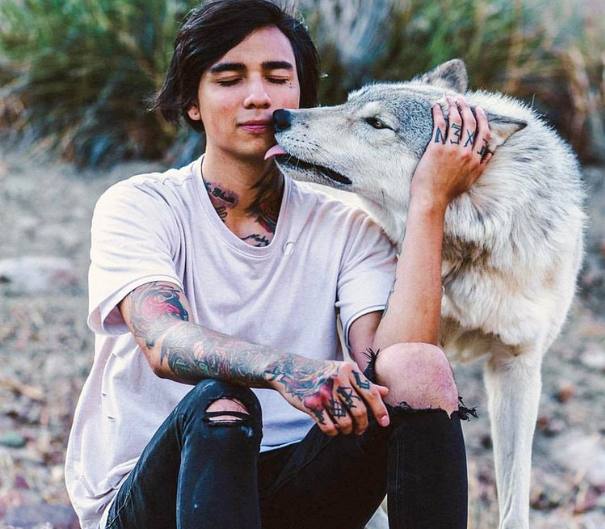
Apex Protection Program offers immersive experiences with wolves to promote understanding and protection of these animals. The experiences, led by the Founders of Apex, include private tours and opportunities to spend time with the Apex Ambassador Pack.
In the Alpha Experience, guests hike with several pack members and enjoy a sunset view in their company. The Beta Experience includes one-on-one time with the pack members and the opportunity to observe and interact with them in a half-acre turnout. The goal of the program is to deepen people’s understanding and appreciation of wolves, and to encourage conservation efforts.
2. Wolf Mountain Sanctuary - Lucerne Valley, CA
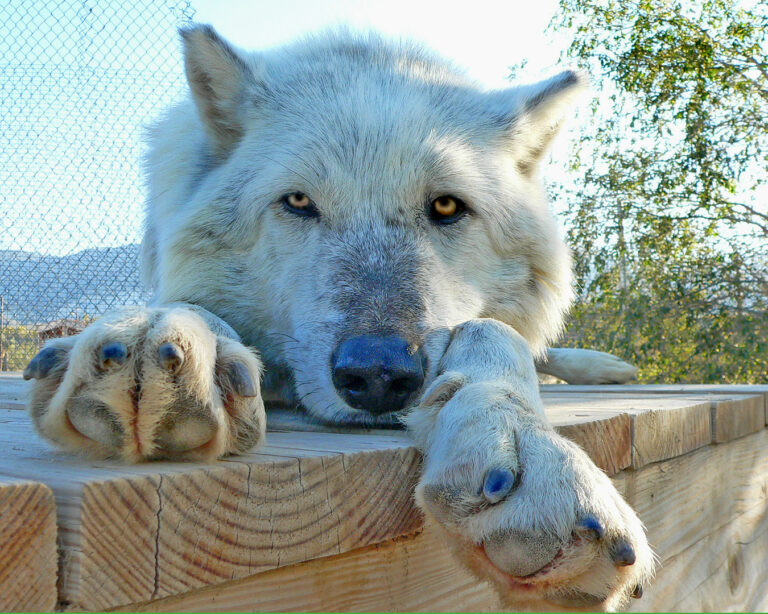
Wolf Mountain Sanctuary is a special place dedicated to the protection and care of captive-bred wolves. Founded in 1984 by animal activist Pat Goodmann, the sanctuary has been providing a safe and loving home for wolves for over three decades. The sanctuary is not only a refuge for wolves, but also a place of education and awareness. They offer guided tours of their facility, giving visitors an opportunity to learn about wolves and their habitat, as well as the sanctuary’s mission and the work they do to protect these magnificent animals.
In addition to guided tours, Wolf Mountain Sanctuary also offers educational programs for schools and other organizations. These programs provide a unique opportunity for students and other groups to learn about wolves and the important role they play in the ecosystem. The sanctuary also hosts special events such as “Wolf Walks,” which allow visitors to get up close and personal with the resident wolves. These events provide an unforgettable and intimate experience with these magnificent animals, allowing visitors to deepen their connection and understanding of wolves.
The sanctuary’s mission is to provide a safe and comfortable home for captive-bred wolves and to educate the public about these fascinating animals. Through their guided tours, educational programs, and special events, Wolf Mountain Sanctuary is making a positive impact on the lives of wolves and the people who visit them.
3. Seacrest Wolf Preserve - Florida
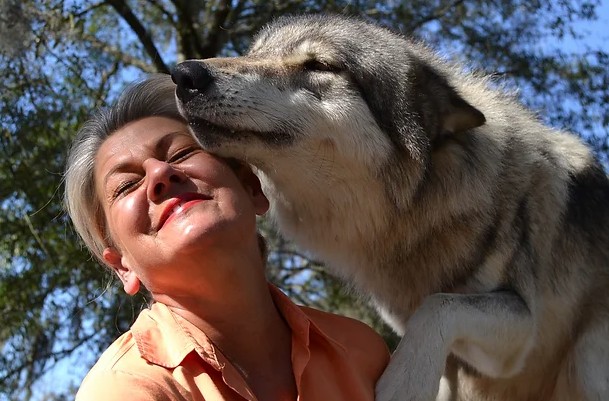
Seacrest Wolf Preserve is a unique destination for individuals seeking to encounter wolves and learn about their important role in the ecosystem.
The preserve offers educational experiences that bring visitors face-to-face with the Seacrest Wolf Ambassadors, allowing them to learn important scientific information about these magnificent animals. With several different types of educational tours available, guests are sure to have an unforgettable and informative experience.
Each tour is led by knowledgeable guides who share their expertise on the wolves and their habitat, and answer any questions that guests may have. The immersive and interactive nature of these tours makes them a one-of-a-kind opportunity to get up close and personal with these fascinating creatures.
Visitors are able to see the wolves in their natural setting, and observe their behavior and habits. By learning about these keystone species, guests gain a deeper understanding of their importance in the ecosystem and the role they play in maintaining a healthy balance. These educational tours are available by reservation only, ensuring a personalized and intimate experience for each guest.
4. Wolf Creek Habitat - Indiana
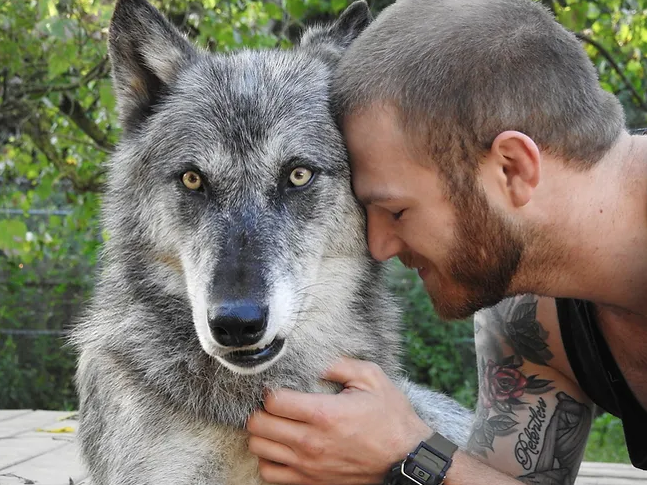
Wolf Creek Habitat is a unique animal sanctuary that provides a one-of-a-kind experience for visitors to interact with wolves. Located on the east side of Indiana between Indianapolis and Cincinnati, the sanctuary offers visitors a rare opportunity to get up close and personal with three different packs of wolves.
One of the main goals of Wolf Creek Habitat is to provide a safe and permanent home for captive-bred wolves, giving these magnificent creatures a place to live and thrive. The sanctuary also offers visitors a chance to learn more about wolves, their behavior, and their role in the ecosystem, through guided tours and educational programs.
In addition to the wolf encounters, Wolf Creek Habitat also hosts special events such as “Wolf Walks,” where visitors can get an even closer look at these amazing animals. This unique and immersive experience is not to be missed and is a must-visit for animal lovers and wolf enthusiasts alike.
5. Predators of the Heart - Washington
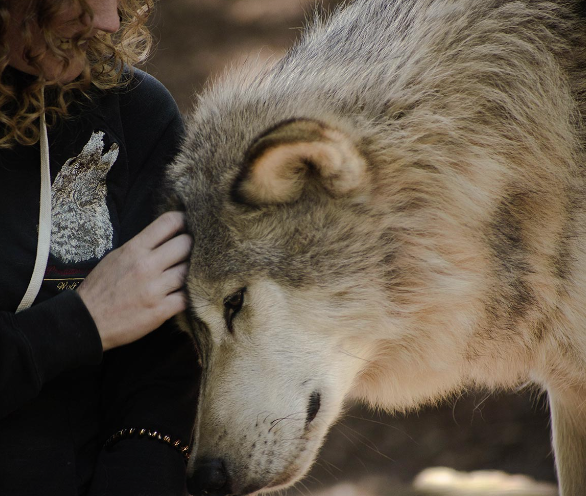
Predators of the Heart Wolf Sanctuary is a non-profit organization dedicated to the protection and preservation of wolves and other wild canids. The sanctuary provides a safe and loving home for wolves and wolf-dogs that have been rescued from harmful situations such as captive breeding operations, or those that have been surrendered by their owners. At the sanctuary, these animals are given a second chance to live a life of dignity and freedom, and receive proper care and attention.
In addition to providing care for rescued wolves, the sanctuary also aims to educate the public about these fascinating animals and to dispel misconceptions about wolves. Visitors are welcome to take guided tours of the sanctuary to learn more about the wolves and their habitat, and to observe them in their natural setting. The goal of the Predators of the Heart Wolf Sanctuary is to promote understanding, appreciation, and conservation of wolves and other wild canids, and to ensure that they are protected for future generations to enjoy.
6. Wolf Connection - California
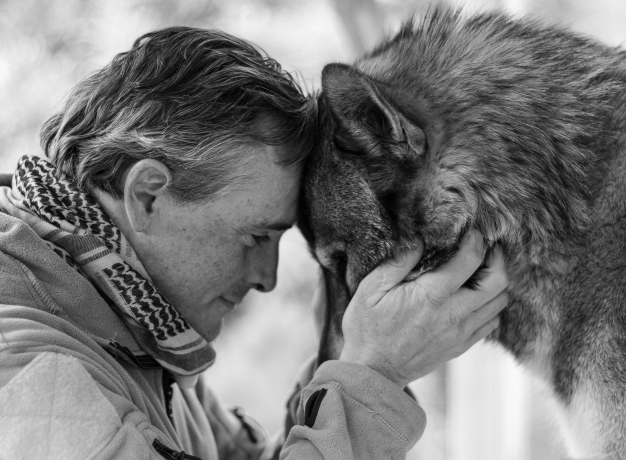
The Wolf Connection Experience is a unique opportunity that allows individuals to connect with wolves and appreciate the beauty of nature. The experience takes place at a sanctuary that offers a 2.5 hour semi-private tour, where participants will be introduced to the pack of wolves and have the chance to meet some of the animals at the ranch. During the tour, participants will take a guided walk through the stunning natural surroundings, offering a relaxing and peaceful experience.
This experience provides a unique opportunity for individuals to spend time in the presence of wolves and learn about their behavior and characteristics. Participants will get to observe the wolves in their natural habitat and learn about their social dynamics, vocalizations, and body language. The tour guides are knowledgeable and passionate about wolves, and they will be able to answer any questions that participants may have about these fascinating animals.
Interacting with Wolves at Sanctuaries
It’s important to note that while these sanctuaries provide a safe and humane environment for captive wolves, they may not accurately represent the behavior of wild wolves. Captive wolves may have different temperaments and behavior patterns than wild wolves, so it’s crucial to follow the guidelines and instructions of sanctuary staff to ensure the safety of both the visitors and the wolves.
Safety guidelines for visitors
Each sanctuary will have its own set of rules tailored specifically to the facility you are visiting, but we thought it would be helpful to share some general safety guidelines to follow when visiting any wolf sanctuary:
Follow the instructions of the tour guides
The tour guides at wolf sanctuaries are knowledgeable and experienced in handling the animals. They will provide instructions on how to interact with the wolves and what to do in certain situations.
Dress appropriately (wolves are curious and love to steal)
Each Wolf Sanctuary will have specific dress code requirements to ensure the safety of visitors and the wolves. Here are some general dress code guidelines to ensure a safe and enjoyable experience at the sanctuary:
Visitors are asked to wear a crew neck short or long sleeve shirt, or a sweatshirt. Jackets are not permitted. Jeans or khakis are the only acceptable pants, and no exposed ankles or skin is allowed. Visitors should avoid wearing pants with holes, shorts, leggings, or sweatpants.
In terms of footwear, tennis or athletic shoes are the only acceptable options. Shoes that provide good traction and support are important for visitors, especially if they will be taking a guided walk through the sanctuary.
Do not bring food or drinks
Visitors are advised not to bring food or drinks when visiting wolf sanctuaries. This is to maintain the safety of both visitors and the wolves. Food and drinks can pose a safety risk as wolves are naturally curious animals and may approach visitors in search of food. In addition, food and drinks can also disrupt the natural environment of the wolves and may cause changes in their behavior.
Respect the sanctuary's rules
Respecting the rules and regulations of the wolf sanctuary is an important part of having a safe and enjoyable experience. Sanctuaries have rules in place to protect the well-being of the wolves and visitors, and it is essential that these rules are followed. Visitors should avoid littering on the premises and refrain from smoking, as this can create a hazardous environment for the wolves and other visitors.
Wolf Sanctuaries in the US Where you can Pet Wolves
If you’re a wolf lover and want to make a difference in their lives, you can help by donating to one of the 6 amazing wolf sanctuaries located throughout the United States. These dedicated organizations work tirelessly to provide care and protection to wolves and wolf-dogs that have been rescued from harmful situations.
Your contributions will go towards supporting their mission of providing a safe and nurturing environment for these magnificent creatures, as well as educating the public about their importance in our ecosystem.




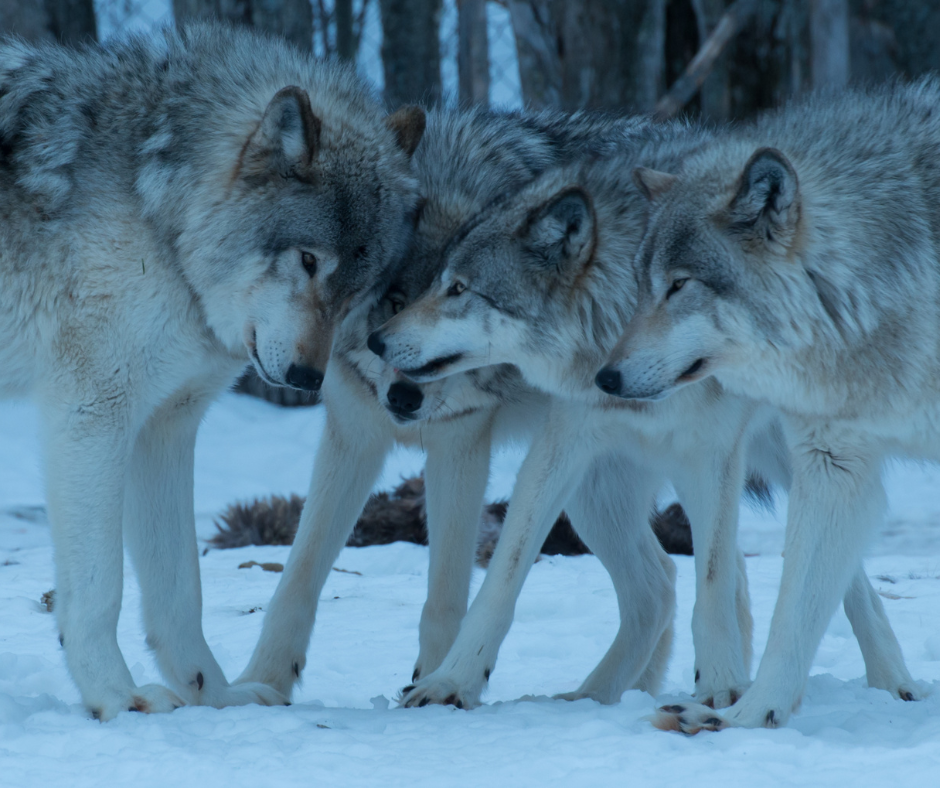
I’m 69yrs old I would love to see Wolves up close and be loved back by them . It’s the main thing I wish to do while I still have life to live . I live in Texas so I would love to spend time with Wolves here close to home .
That sounds like a wonderful dream, and it’s never too late to pursue it! While fully immersive experiences might be limited, there are a few wolf sanctuaries in Texas that you can visit to observe and learn more about wolves. Some options you might consider are the International Exotic Animal Sanctuary in Boyd, the Saint Francis Wolf Sanctuary in Montgomery, and the Wolf Creek Ranch & Sanctuary in Fredericksburg. These sanctuaries provide educational opportunities and a chance to see wolves up close while supporting their conservation efforts. It’s a great way to fulfill your wish and connect with these incredible animals.
My bucket list to visit all 6 Wolf Sanctuary.
I completely agree with you. They are one of the most beautiful and amazing creatures God has ever created. My son is a wolf lover. Has been for years. We both wish we could experience what these Sanctuaries do.. Tho financially I can’t. That goes along with horses.
I love wolves. Read “A Wolf Called Romeo” by Nick Jans about a friendly Alaskan wolf that socialized with pet dogs and their owners. Read any of Rick McIntyre’s observations :The Rise of Wolf 8″ or “The reign of Wolf 21, ” actually a love story of an unusually brave and benevolent Yellowstone pack leader and his mate, wolf 42, of the famous Druid Peak Pack.
Hi Alan! Thanks a bunch for sharing. Those books sound so interesting, I’ll have to check them out!
Some years back, I adopted a Husky/Chow mix and later a Samoyed. They were both a bit smaller than wild wolves, but absolutely beautiful like wolves in shape, facial features & coat-type. Just looking at them & petting their thick double-coats, you could definitely see how domestic dogs evolved from wolves.
One of my favorite things about wolves is how they develop family interactions in their packs. I’m glad that wolves are getting treated with more respect and care at national parks & in sanctuaries. They are splendid animals who deserve our protection.